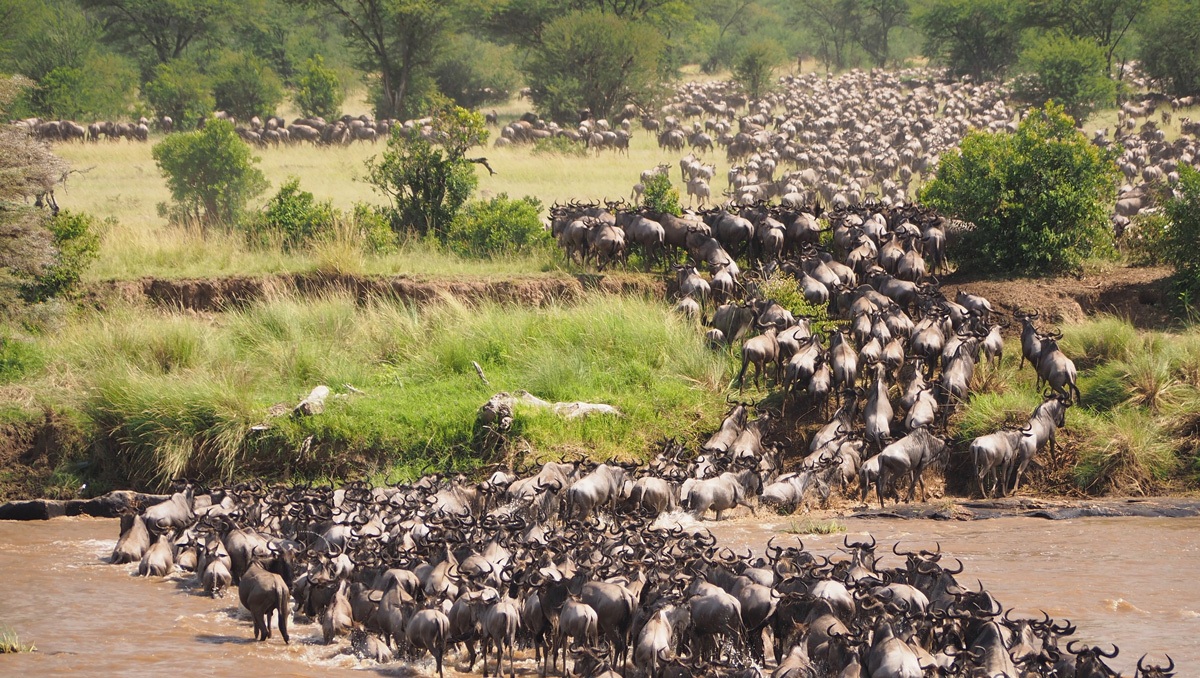The magic of regenerative agriculture comes from how it works harmoniously with the earth’s natural systems
The Serengeti Symphony by Kat Taylor

04/30/2021
By: Kat Taylor, Founder of TomKat Ranch
The magic of regenerative agriculture comes from how it works harmoniously with the earth’s natural systems to produce ample healthy food in a way that makes the planet and people more resilient and productive.
Regeneratively-managed agricultural lands offer us a priceless opportunity to create massive and cost-effective ecological, social, and economic benefits at global scale. Regenerative agriculture reduces emissions of greenhouse gasses, prevents nutrient runoff into waterways, and re-sequesters excess carbon dioxide from the atmosphere into productive and resilient soils through photosynthesis.
The magic of regenerative agriculture comes from how it works harmoniously with the earth’s natural systems to produce ample healthy food in a way that makes the planet and people more resilient and productive. On the ground, this is done through using domesticated plants and livestock to mimic how nature grew some of the most abundant and lasting ecosystems on the planet.
One of the most profound and important examples of this productive harmony is the migrations of herbivores like bison, elk, and antelope that grew the deep rich soils of the Yukon, the Great Plains, the breadbaskets of Eastern Europe, and the Serengeti. Unlike conventional livestock grazing systems where lower densities of animals continuously graze the same pastures, natural systems contain huge herds of grazing animals in constant migration. The animals in these natural systems graze a portion of the plants before moving on, stimulating plant growth in much the same way that a farmer prunes a fruit tree to encourage productivity. The impact of grazing followed by months or years of recovery after the herd moves on, gives plants the opportunity to grow new leaves and deepen roots, making diverse, productive, and resilient grasslands. Over time, this symbiotic partnership between plant communities and grazing animals creates healthy and diverse ecosystems both above and below ground as it has done for millenia in places like the Serengeti.
Today, the relationship between people, plant communities, and soil health is often overlooked yet it is a critical aspect of what makes soil such an important part of a healthy global carbon cycle. Scientists predict that soils store nearly three times as much carbon as the atmosphere. Much of the carbon moves into the soil through plants as they convert solar energy to sugars and carbohydrates during photosynthesis. While the plants use some of the carbohydrates to grow, plants exude excess carbohydrates through their roots into the soil where they are exchanged with the microbial community for other essential minerals and nutrients the plants need. Over time, the relationship between plants and soil microbes builds organic matter and increases the soil’s ability to hold water, supporting even more photosynthesis! Though some exuded carbon ultimately leaves the soil through plant respiration, significant amounts remain as deep and durable carbon.
Soils in this sense are a perfect carbon sink. Before industrial agriculture, the composition of soils was estimated to contain up to 11 percent carbon by volume. Modern agricultural soils have fallen to 0.5 to 1.5 percent carbon. That missing carbon is now harming our planet – lost to the atmosphere where it contributes to warming temperatures which further increase carbon loss when extreme weather both erodes and scorches soil. Regenerative agriculture aims to mimic natural cycles that brought carbon out of the atmosphere in the first place.
Healthy soils not only help stabilize the climate, they also capture and hold water thereby mitigating the worst effects of extreme fires, floods, and droughts. In addition, they help support microbial communities that bring critical nutrients to plants and control pathogenic microorganisms which improve agricultural yields.
Working as it does, in sync with natural processes, regenerative agriculture is one of the most promising and scalable solutions we have to many of the most pressing challenges in the world today. We can and must strive towards growing a food system that is as productive and harmonious as the Serengeti Symphony.